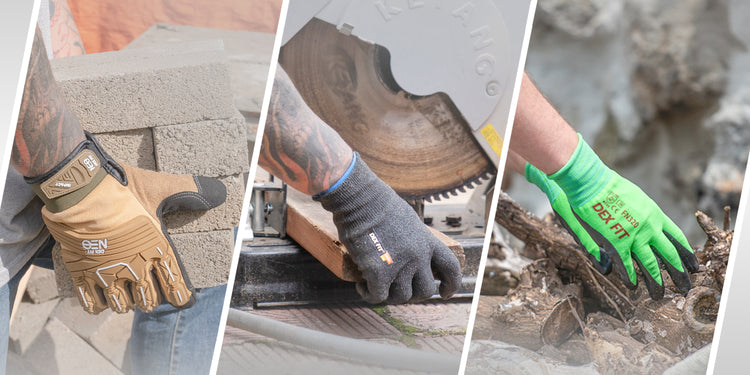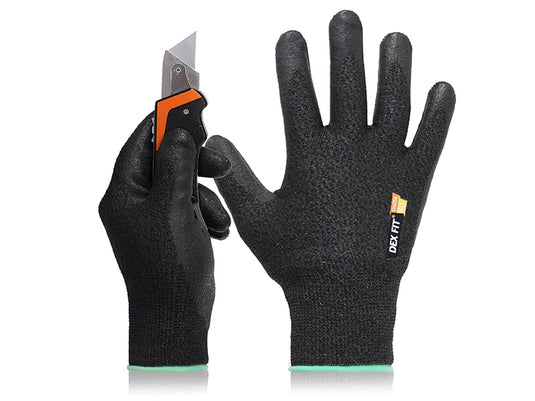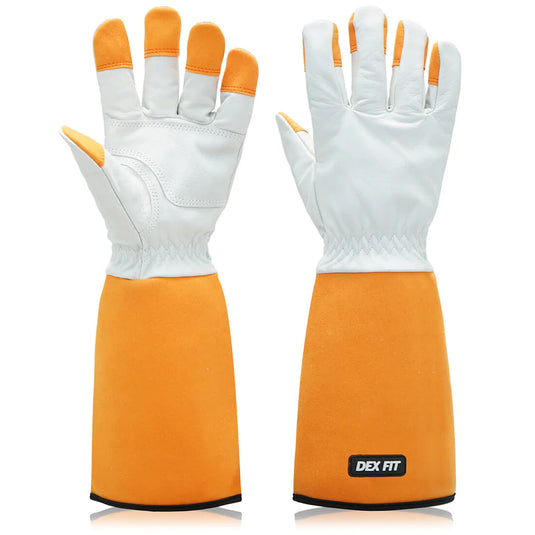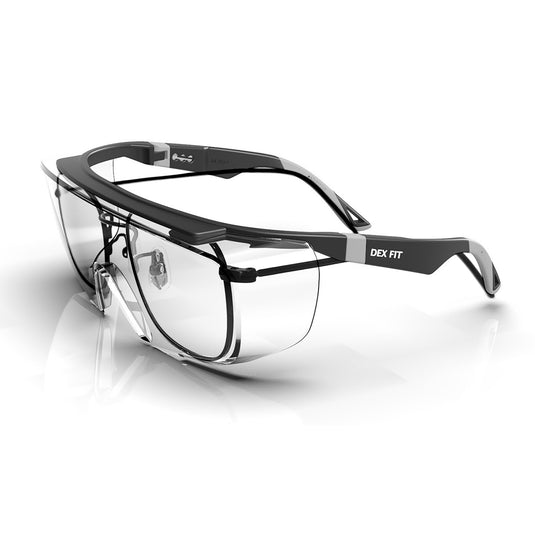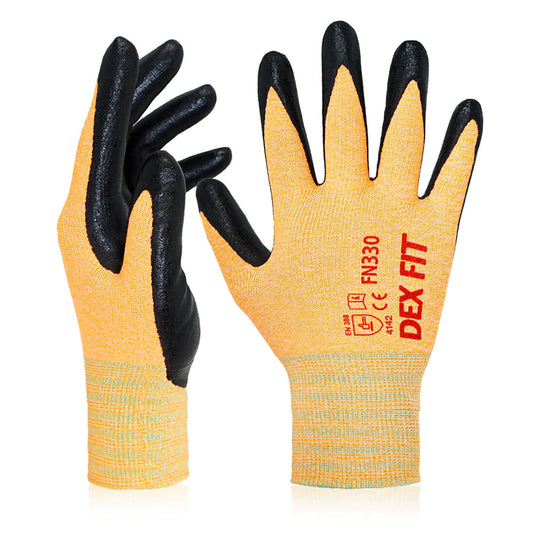When it comes to choosing the right gloves for a specific task, there are a variety of options available on the market. Three popular types of gloves that are often compared are cut-resistant gloves, nitrile-coated gloves, and mechanic gloves. While each of these gloves serves a distinct purpose, understanding their differences can help you select the appropriate gloves for your job.
Cut-resistant gloves are designed to protect the wearer's hands from cuts and lacerations. They are typically made from materials such as Kevlar or other high-performance fibers, which provide a high level of protection against sharp objects such as knives, glass, or metal. Cut-resistant gloves are commonly used in industries such as food processing, construction, and manufacturing. These gloves are often rated on a scale from 1 to 5, with 5 being the highest level of protection.
Nitrile-coated gloves, on the other hand, are designed for tasks that require grip and dexterity. They are made from a synthetic rubber called nitrile, which provides excellent resistance to punctures, abrasions, and chemicals. Nitrile-coated gloves are commonly used in industries such as healthcare, automotive, and chemical processing. These gloves provide good protection against oil and grease, making them ideal for tasks that involve handling slippery or oily objects.
Mechanic gloves are designed for tasks that require both protection and dexterity. They are typically made from a combination of materials such as leather, synthetic materials, and spandex, which provide good protection against cuts, punctures, and abrasions. Mechanic gloves often feature padded palms and reinforced fingertips, which help to absorb shock and reduce hand fatigue. They are commonly used in industries such as automotive repair, construction, and manufacturing.
In summary, cut-resistant gloves provide high-level protection against cuts and lacerations, nitrile-coated gloves provide good grip and resistance to chemicals, and mechanic gloves provide protection and dexterity. When selecting gloves for a specific task, it's important to consider the level of protection required, the type of hazards involved, and the tasks to be performed. By understanding the differences between these three types of gloves, you can select the gloves that best meet your needs and ensure that you are properly protected on the job.
Explore additional work safety products here.

